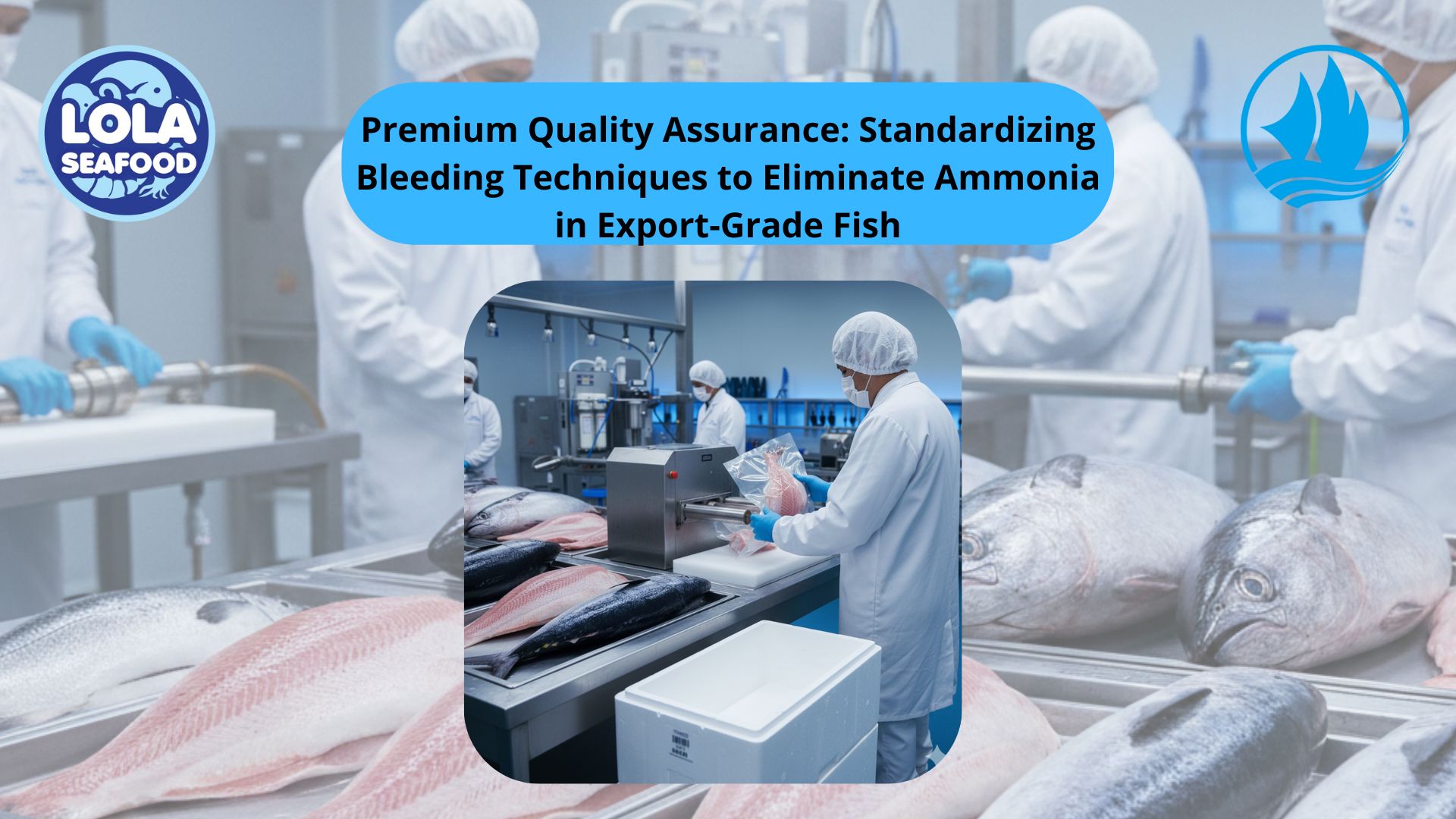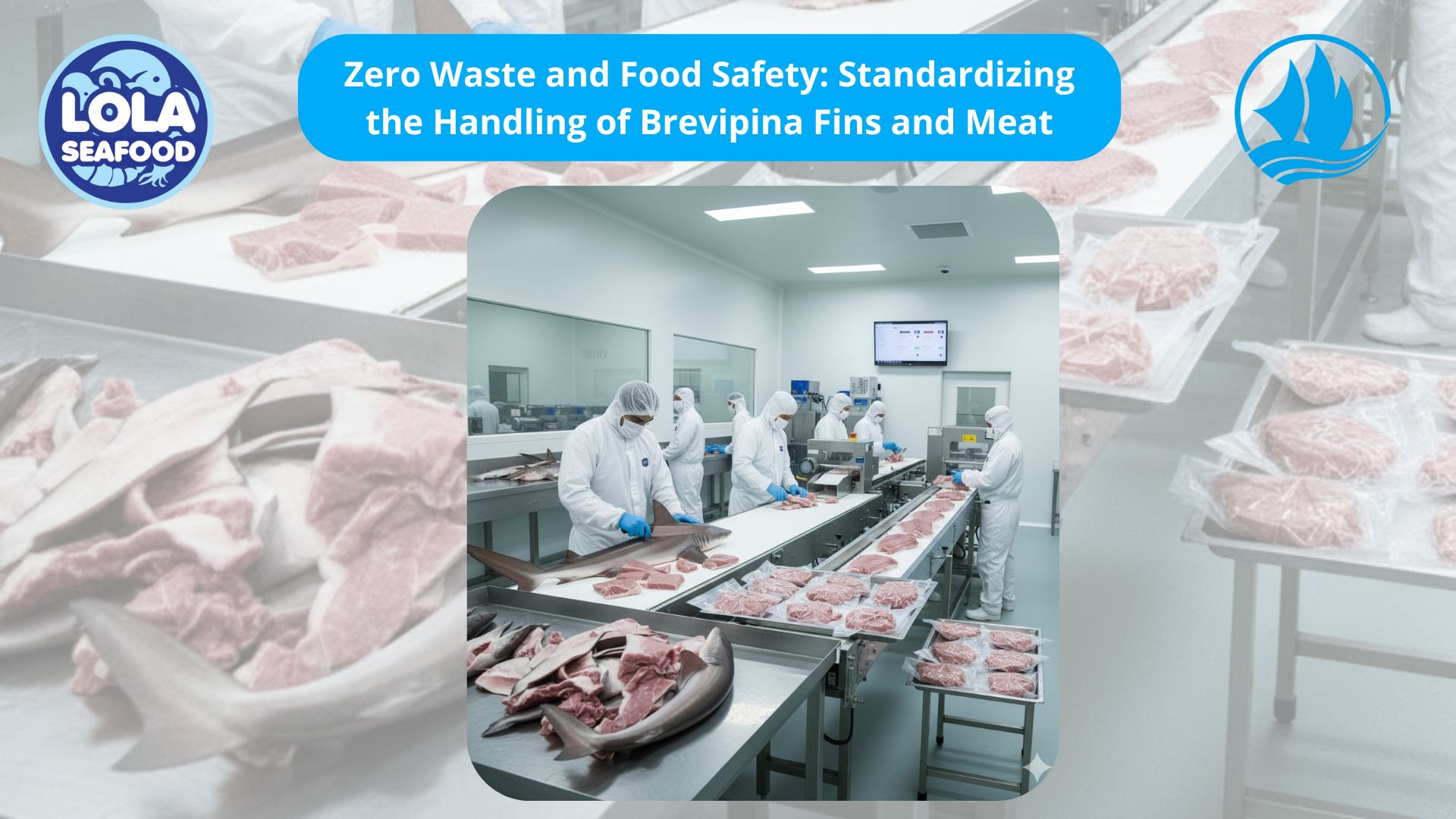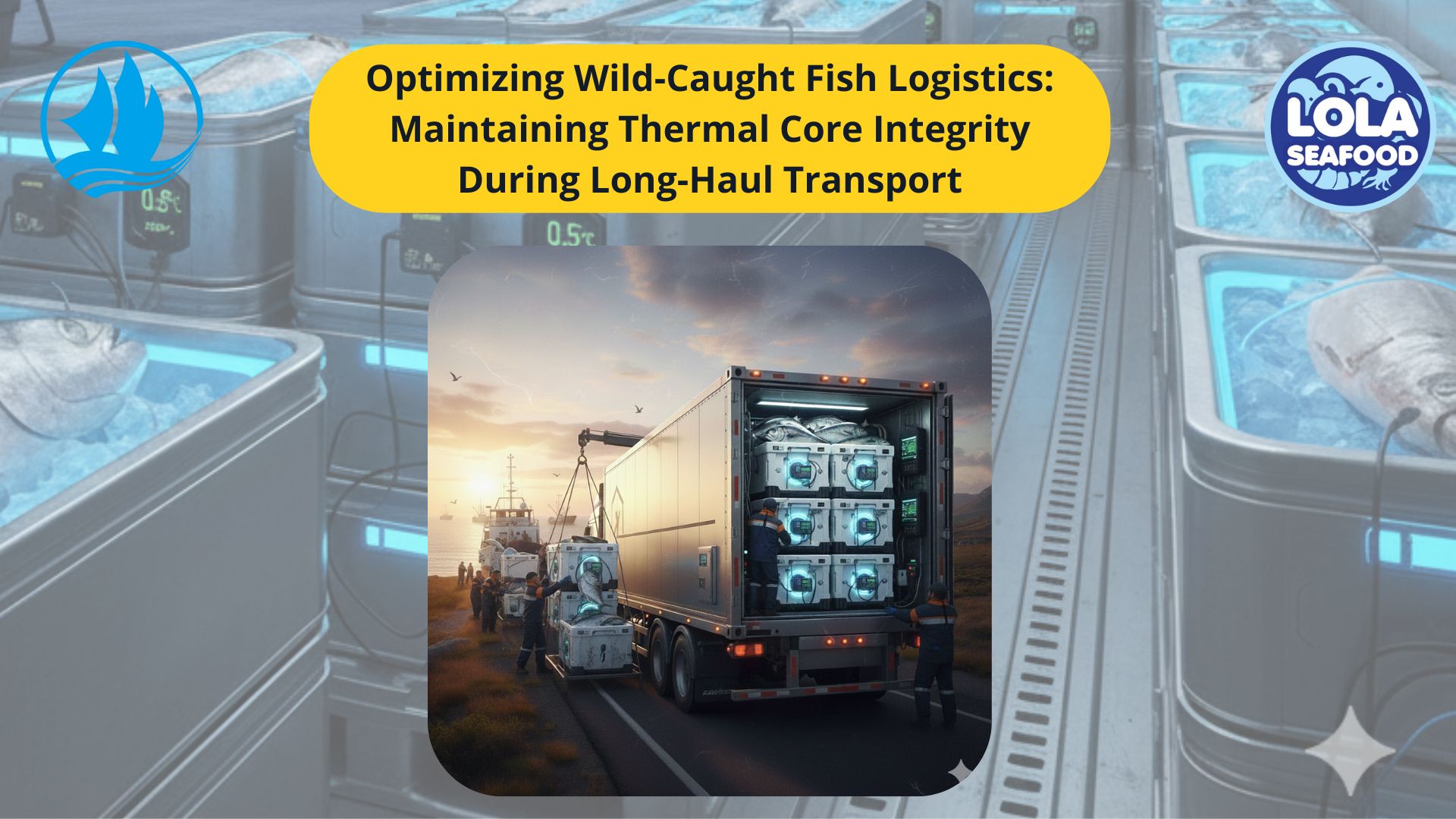Ensuring Food Safety: The Role of Chlorine in Fish Handling and Storage
By. Sofie Thoriq - 01 Sep 2025.jpg)
Kelolalaut.com Seafood is one of the most widely consumed sources of protein in the world. It is rich in essential nutrients such as omega-3 fatty acids, vitamins, and minerals, making it a vital part of a balanced diet. However, fish and other seafood are also highly perishable. Their high water activity, protein content, and neutral pH make them an ideal medium for bacterial growth if not handled and stored properly. In this context, chlorine has emerged as one of the most widely used and effective chemical agents in maintaining hygiene standards and ensuring food safety throughout the fish supply chain.
Why Chlorine is Essential in Fisheries
Chlorine is a powerful disinfectant commonly used in the food industry, including fisheries and aquaculture. Its effectiveness lies in its ability to inactivate a wide range of microorganisms, such as Salmonella, E. coli, Listeria monocytogenes, and Vibrio species, which are common threats in seafood. By reducing microbial contamination, chlorine not only extends the shelf life of fish products but also safeguards consumer health.
In fish handling and storage, contamination can occur at many stages — from the moment fish are caught, during transportation, at the processing plant, and finally in cold storage. Without proper disinfection practices, bacteria can multiply rapidly, leading to spoilage and potential outbreaks of foodborne illness. Chlorine helps break this chain of contamination by ensuring that equipment, water, and surfaces remain hygienic.
Applications of Chlorine in Fish Handling and Storage
1. Sanitizing Equipment and Surfaces
Fish processing facilities rely heavily on stainless steel tables, conveyor belts, cutting tools, and storage containers. If these surfaces are not properly disinfected, bacteria can easily transfer from one batch of fish to another. Chlorine-based solutions are commonly used for cleaning and sanitizing equipment, ensuring that microbial loads remain under control.
2. Disinfection of Water
Water plays a crucial role in fish handling, from washing raw materials to icing and storage. However, untreated water can become a vehicle for contamination. Chlorine is often applied to water systems to eliminate pathogens and maintain microbial quality. This ensures that the water used in processing does not compromise the safety of the fish.
3. Ice Production
In many fisheries, ice is produced on-site and directly contacts fish during storage and transport. If the ice is made from contaminated water, bacteria can spread quickly. Using chlorinated water in ice production prevents microbial growth, keeping fish fresh and safe for longer periods.
4. Cold Storage and Handling Areas
Even under low temperatures, some bacteria can survive and slowly multiply. Regular sanitation of cold storage rooms with chlorine solutions helps maintain hygienic conditions and minimizes risks of cross-contamination.
Benefits of Using Chlorine
- Extended Shelf Life: By reducing microbial activity, chlorine-treated fish can remain fresh for a longer time, reducing economic losses.
- Consumer Safety: Lowering the risk of foodborne pathogens ensures that seafood reaching the market is safe for consumption.
- Regulatory Compliance: Many international food safety standards, such as HACCP (Hazard Analysis and Critical Control Points), recognize chlorine as a critical tool in sanitation programs.
- Cost-Effectiveness: Compared to other disinfectants, chlorine is widely available and affordable, making it a practical choice for both large-scale processing plants and smaller fisheries.
Safety Considerations
While chlorine is highly effective, it must be used responsibly. Excessive use can lead to chemical residues that may affect the taste, odor, or safety of the fish. Therefore, fisheries must follow recommended concentrations, typically between 50 to 200 parts per million (ppm) for sanitizing surfaces and equipment. Continuous monitoring of chlorine levels is also necessary to maintain effectiveness while ensuring compliance with food safety regulations.
The Future of Chlorine in Fisheries
With the growing demand for safe and sustainable seafood, the role of chlorine will continue to be significant. However, industries are also exploring complementary technologies such as ozone, ultraviolet light, and electrolyzed water to reduce reliance on chemical disinfectants. A combination of methods, supported by proper handling practices, will strengthen food safety standards in the fisheries sector.
Chlorine remains a cornerstone of sanitation in fish handling and storage. Its ability to control microbial contamination ensures that seafood products remain safe, fresh, and of high quality from catch to consumer. By applying chlorine responsibly and in compliance with food safety regulations, the fisheries industry can build greater trust among consumers while reducing risks of spoilage and foodborne illness. Ultimately, chlorine is not just a chemical agent — it is a vital partner in ensuring the safety and sustainability of global seafood supply.
If youre interested in our Red / Scarlet Snapper Indonesian Seaperch Whole Round / Whole Gilled Gutted Scaled , Red / Scarlet Snapper Fillet Skin On and Red / Scarlet Snapper Fillet Portion please do not hesitate to contact us through email and/or whatsapp
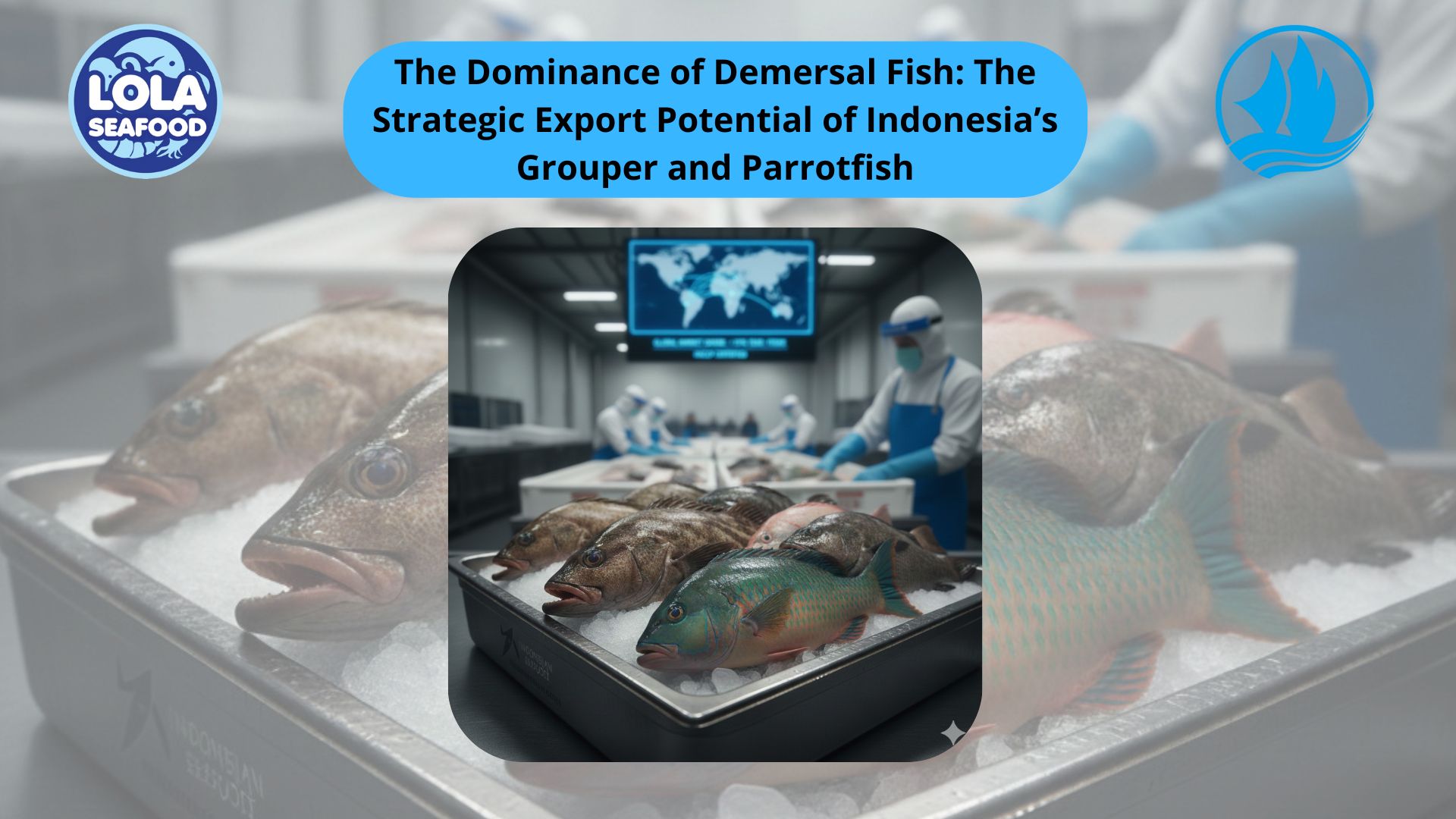
The Dominance of Demersal Fish: The Strategic Export Potential of Indonesia’s Grouper and Parrotfish
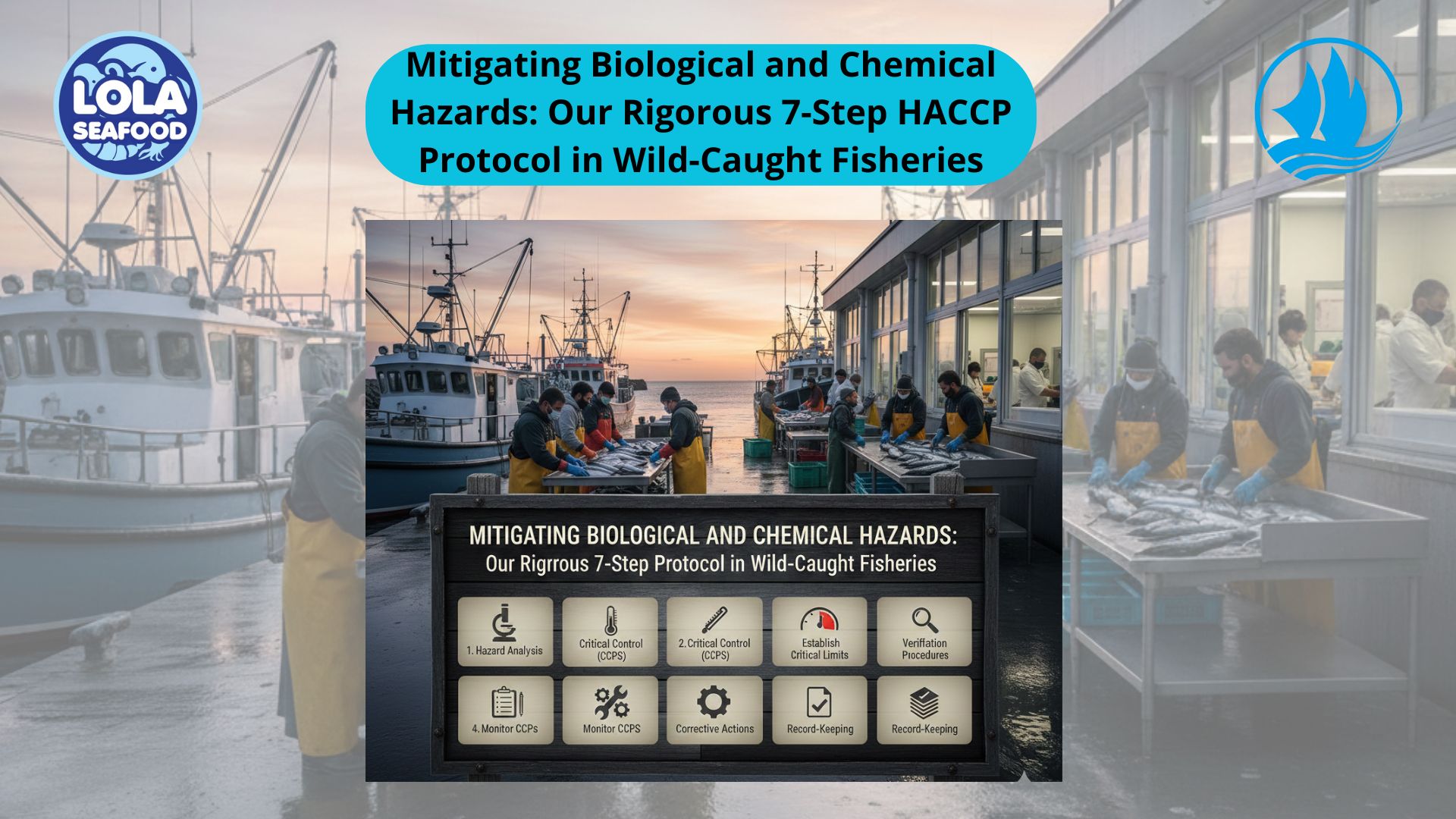

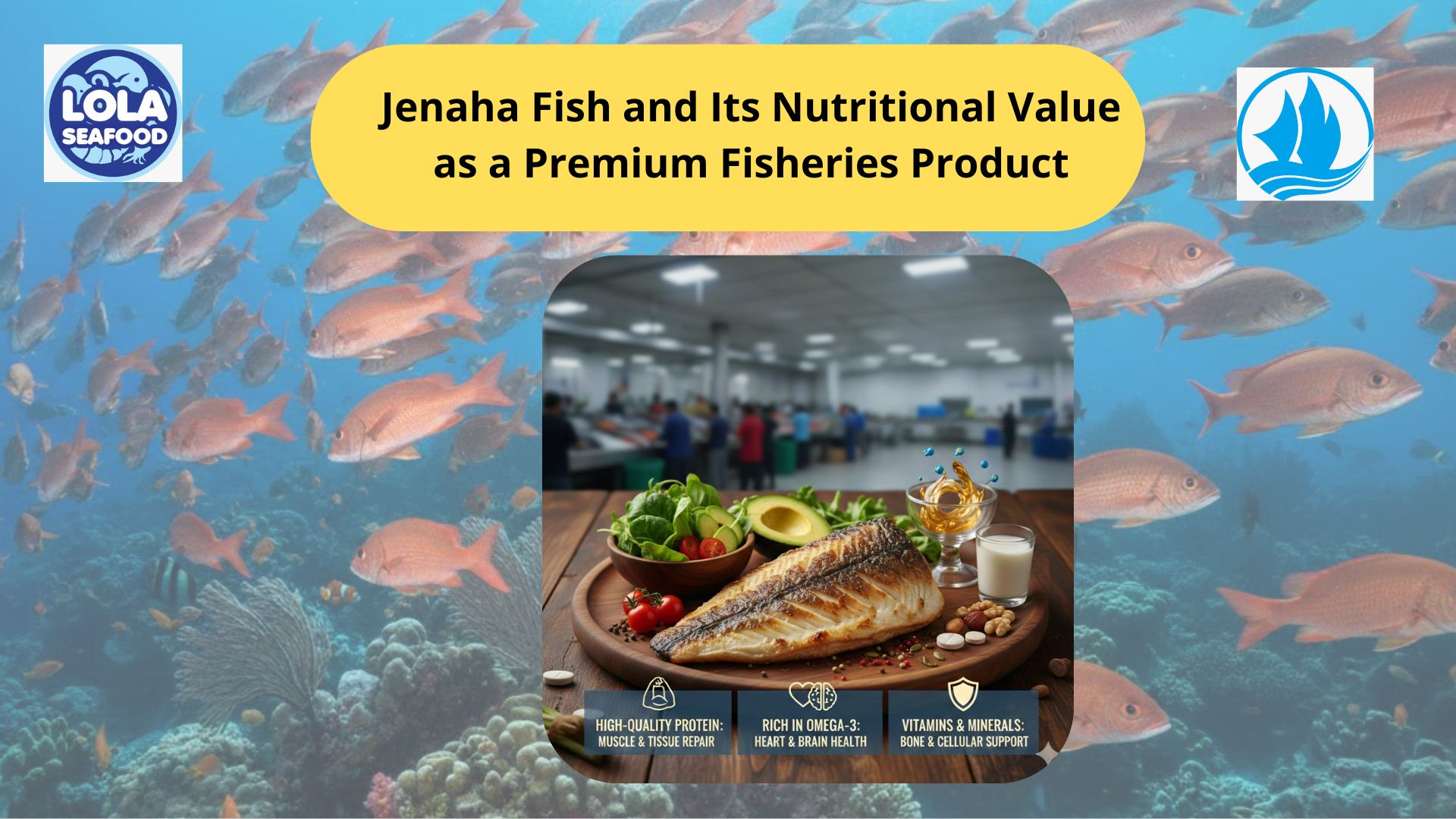
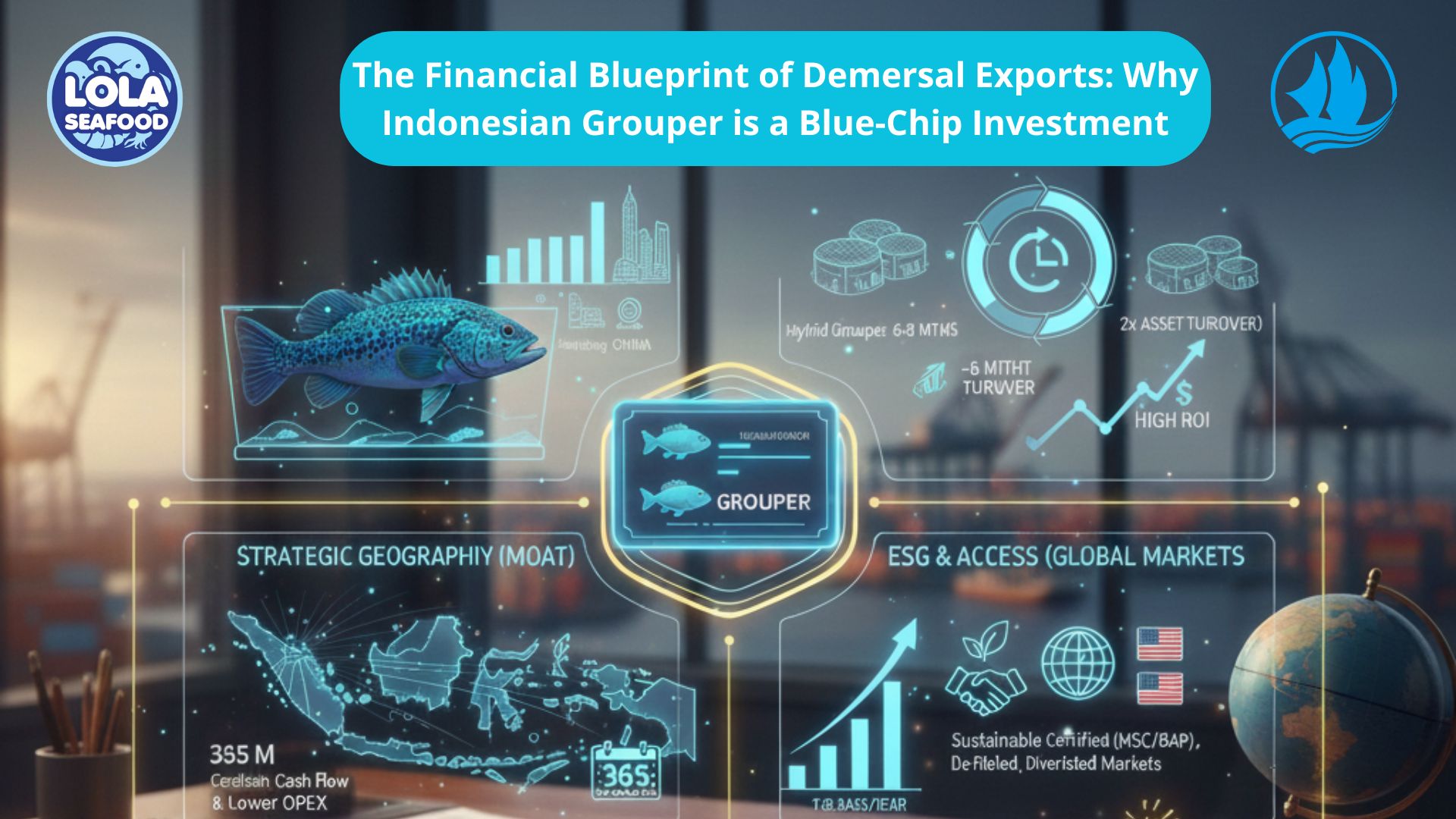
.jpg)
